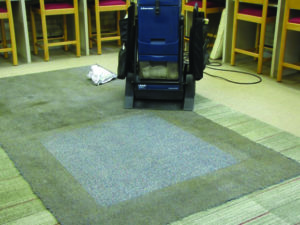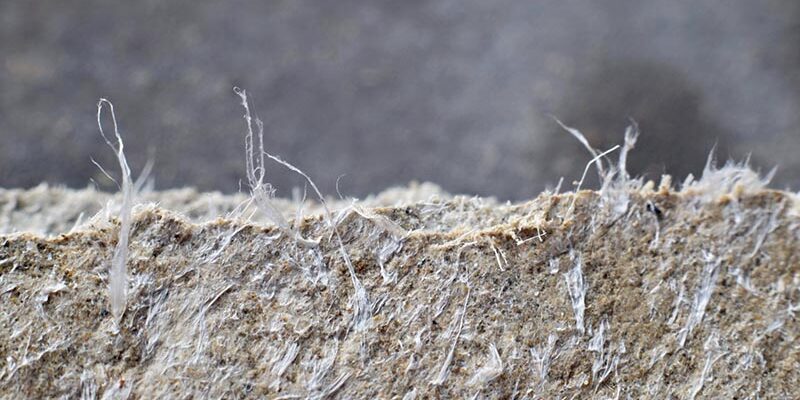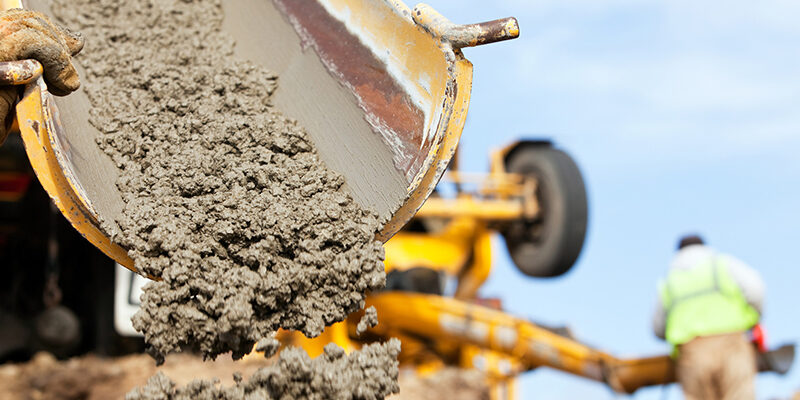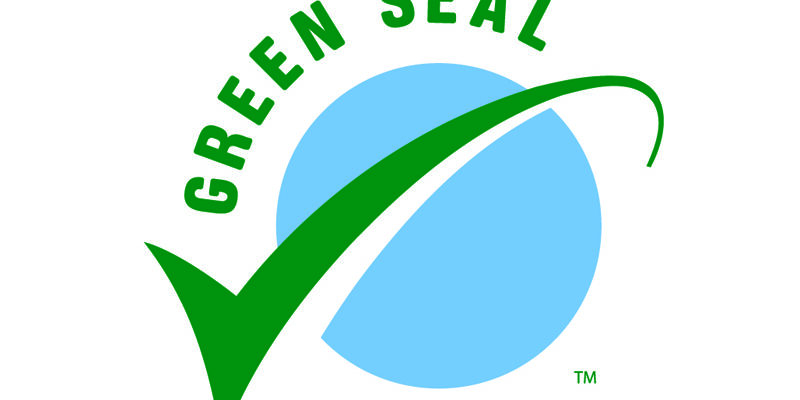The Absorbent Compound Mystery

By James B. Smith
You have been noticing these boxes of an odd detergent in your supply house for some time. You finally get the nerve to ask about it, and they tell you, to your amazement, it is an absorbent compound. Then your mind starts to ask, “What is this method, and how does it work?”
As a truckmount owner 15 years ago, I was amazed by the absorbent compound cleaning method during a carpet cleaning competition. Present were some of the most powerful truckmounts ever made. One challenger showed up with an absorbent compound cleaning machine — and he won! He came back the following year and won again.
It became evident that my understanding of the absorbent compound cleaning method was missing some information. After all, had I not heard this process was not recommended as a primary cleaning method?
What is it?
According to the current IICRC S100 Standard and Reference Guide for Professional Cleaning of Textile Floor Coverings, dry compound extraction (e.g., absorbent or adsorbent compound extraction) is a low/restricted-moisture compound cleaning system, which should include these five steps:
- Vacuum and pile lift as needed for dry soil removal.
- Perform a light application of liquid pre-conditioner as needed where there is moderately to heavily soiled carpet.
- Apply or broadcast the dry compound according to manufacturer recommendations.
- Perform manual or mechanical agitation, typically using dual-cylindrical brush agitation.
- Post-vacuum the soiled cleaning compound, either immediately or after an appropriate dry time.
One reason the absorbent compound cleaning method is not widely used is it is not actively being taught properly. For years, the theory of cleaning was based on the “Fundamentals of Soil Suspension,” which was a tweak of the “Basics of Cleaning.”
Cleaning theory eventually returned to the “Basics of Cleaning” because the “Fundamentals of Soil Suspension” changed the definitions of chemical reactions, adsorption, and dissolving into forms of suspension. Soil suspension is the primary chemistry of hot water extraction. Essentially, there is no soil suspension in absorbent compound cleaning.

Absorbent, sponge-like particles saturated with water and non-voc green chemistry. Image courtesy of Host.
In the S100 description of methods, the absorbent compound cleaning system has a unique requirement of pre-vacuuming. It mentions “pile lift.” It is not uncommon for the vacuum cleaner, agitator, and post-vacuum unit to be the same machine. In post vacuuming, there are two choices: Either to remove the detergent while still moist or wait until it is dry. To adequately remove the detergent while damp, the post-vacuum cleaner needs to have strong suction.
However, it is common for some systems to use brushes without suction due to hydrogen bonding, which is the attraction created by water to physically bond particulates to its surface. Thus, brush action alone will not adequately break this bond. Moreover, the removal of dried compound with brushes only generally creates a dusty mess. On the other hand, the hydrogen bonding is what removes close to 100 percent of residue if post vacuuming is done with the addition of suction.
No method of cleaning is done without a liquid. All absorbent granulars contain water of which its motion is restricted by the granular. However, the water is not there to dissolve or suspend soil; it is there to wet-out the fiber. Wetting is the uniform adsorption onto the surface.
Suspension, dissolving, adsorption, and chemical reactions cannot take place until the fiber is wetted-out. Therefore, a light application of a liquid pre-conditioner is needed when there is moderate to heavy soil.
Deep cleaning?
Absorption is the infusing of substances into a solid. The absorbent compound cleaning method uses only absorption and adsorption. Can these two forms of chemistry really do a deep cleaning? After all, hot water extraction performs dissolving, suspension, and emulsification and may have the benefits of saponification and oxidation.
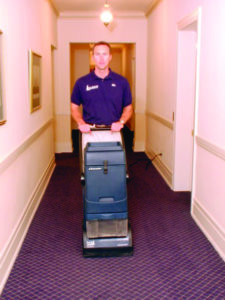
Absorbent compound separates the soil from fibers and holds it for vacuuming. Image courtesy of Host.
The answer is there is a strong advantage to absorption: It removes absorbed soils. On the other hand, suspension and emulsification chemistries are based upon surfactants. The term “surfactant” is short for “surface active agents,” and they only work on adsorbed soil. The only other cleaning chemistry that can remove oily adsorbed substances from a fiber is dissolving. While dissolving and absorption are both based upon polarity — in other words, they both need to be non-polar to remove absorbed sticky stuff — there are restrictions on the use of dry solvents.
The S100 says dry solvents can only be used as spotters and not for general cleaning. However, most hot water extraction pre-sprays use semi-polar solvents. The problem with using any form of a hydrocarbon solvent is that it creates volatile organic compounds (VOCs), which significantly increase the user’s toxicity risk. Absorbents do not create VOCs. Thus, only absorbents can safely operate on the non-polar side of chemistry.
What are the benefits?
What can we conclude about the absorbent compound cleaning method? Absorbent compound cleaning is a preferred choice when cleaning flat-weave cellulosics. The absorbent compound method also can add many points to LEED certification in areas such as waste deposal, water usage, and energy consumption. After using the method, carpet is ready to go back in service immediately after cleaning, and it is also suitable for cleaning hard surfaces using alternate brushes.
Perhaps most importantly, the absorbent compound cleaning method can perform deep restorative cleaning as well as, if not better than, other methods. It also rarely runs the risk of overwetting, shrinkage, bleeding, crocking, wicking, slip-and-fall accidents, or villainous residues.
James “Jim” B. Smith is an IICRC-approved instructor and a senior practicing inspector and part of the voting consensus of the IICRC S1OO cleaning standard. His educational studies come from Texas A&M University and the University of Houston. He has been in the cleaning industry since 1975. For more information, visit his website at www.carpetinspector.com/jbs, call 972-334-0533 or 800-675-4003, or email [email protected].

